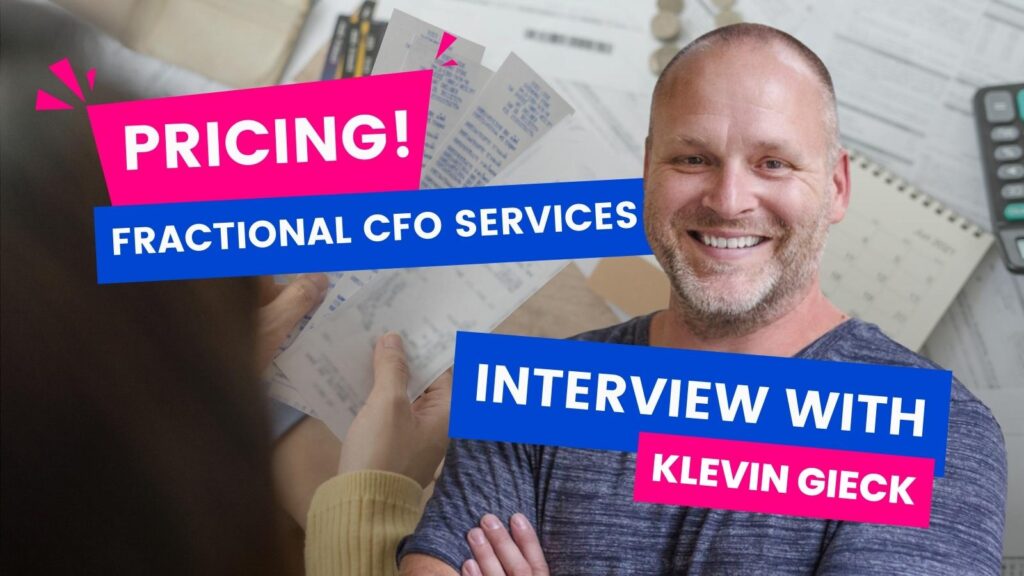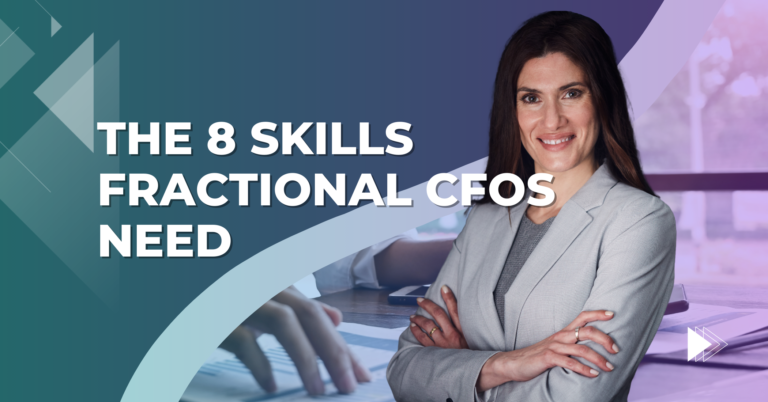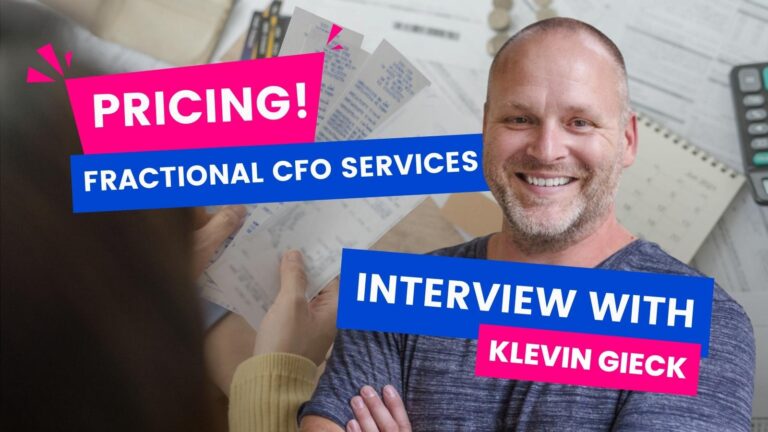Price is an intimidating topic that can quickly become uncomfortable if you’d have a plan in place.
Recently we shared How to Price Fractional CFO Services, and got lots of questions so we thought we’d ask Kelvin Gieck to expand on some of his points in that article and share them with you!
We’ve asked Helm Co-Founder Kelvin Gieck to share how he prices their services at his firm Twenty-Eighty Financial which specializes in fractional CFO work for small businesses:
Q: How do you price your services at your firm?
A: At Twenty-Eighty all our clients pay an agreed upon flat rate upfront – no exceptions. We don’t price this way to be intentionally difficult, we do it because we find it works best for our employees and clients.
Q: Why do you price your services like this?
A: This structure allows our pricing to cover our costs, and encapsulate the value of the services we provide. It also helps us set clear definitions for the work to be done for our team, and prevent scope creep.
For our clients, it gives them a very clear picture of what they’ll be getting from their investment and what they can expect from day 1. The work to be done and the price are all agreed upon from the start.
Q: Does this mean the services you provide a client can’t expand?
A: No! We want our clients to grow and we want to support them however we can. We’re in constant dialogue with our clients, so when we find we’re taking on additional work we sit down with our clients, and show them how the value of the service we are providing has changed since the initial agreement.
Q: Do you believe other firms should adopt this pricing model?
A: Short answer: yes! A better answer though is: it depends.
It’s difficult to say as each firm and the clients they have are different, so it’s hard for me to say what other firms should or shouldn’t do. In fact, I know firms where this pricing model simply doesn’t work.
What I can say is that it’s the pricing model that has worked best for us at Twenty-Eighty, and I would encourage other firms and advisors to consider it when evaluating other pricing models.
Q: A weakness of flat-rate pricing can be scope creep. How do you manage scope creep?
A: Often our clients will grow with us over time, and their scope of the work they need will too. Which is a great feeling, but if you aren’t careful this can lead to you team doing a lot of extra work that they aren’t being paid for. While our fixed upfront pricing structure helps prevent this, it’s important to re-evaluate pricing agreements on a regular basis, and have conversations with your clients.
Q: How do you approach conversations with clients surrounding pricing?
A: I think maybe an underrated, and valuable skill to practice, is communicating the value of your service and being comfortable opening discussions on pricing.
I think as an industry we are too nice, which sounds terrible, but I think it’s true! Haha!
We often end up taking on more and more work because we want to help our clients, and we’ve developed a personal relationship with them. But this isn’t sustainable.
An analogy I like to use is going to the mechanic. You wouldn’t go to the mechanic and ask for additional services and expect not to pay. Accounting is no different.
Keep track of the work you do for your clients and don’t be afraid to get paid for the work you do!
Q:Where can people find you if they’d like to reach out?
A: Connect with me on LinkedIn! I’m always excited to talk about all things fractional CFO, cash management and accounting tech!
More Resources
Subscribe to the Helm Blog
Sign-up for weekly tips, tricks and all there is to know about cash flow management



